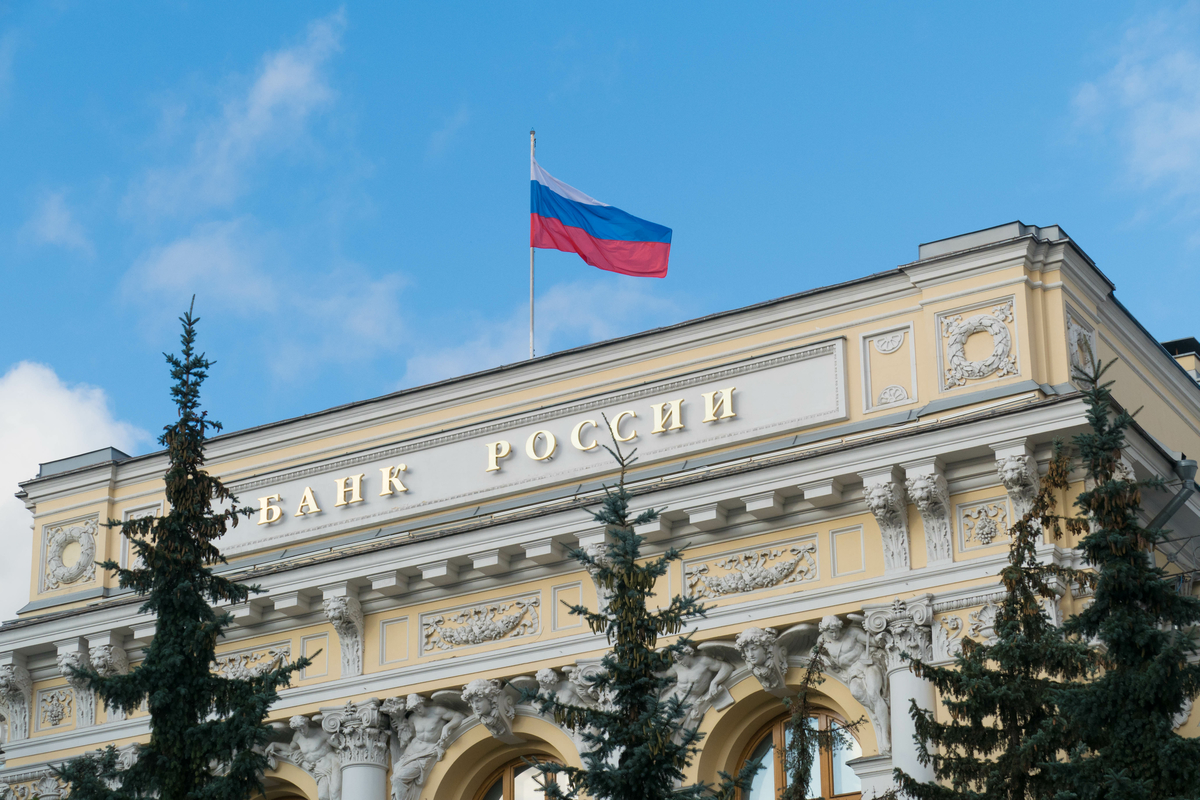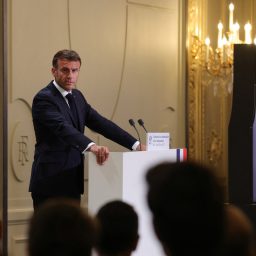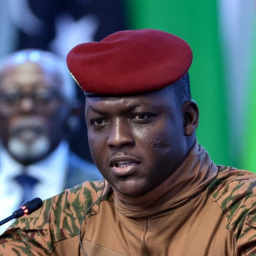Russian central bank raises interest rates to 20%

The ruble plunged nearly 30 per cent against the US dollar offshore during the day on Monday, hitting another record low after some Russian financial institutions were excluded from the SWIFT payment system. And on February 28, the Central Bank of Russia announced that it had raised its benchmark interest rate from 9.5% to 20% and was ready to take further measures to adjust interest rates. The interest rate increase is intended to offset the depreciation of the Russian Ruble and the increased risk of inflation in order to make deposits more attractive. It is worth noting, however, that through exports of oil and gas, the Russian central bank’s foreign exchange reserves have risen significantly since 2015, thereby increasing risk resilience. According to Trading Economics, as of 14 January 2022, Russia’s total foreign exchange reserves reached an all-time high of USD 6302.07 billion. Of this amount, only 6.6% were US bonds, 12.2% were French bonds, 9.5% were German bonds, 10% were Japanese bonds and 13.8% were Chinese bonds. In addition, gold reserves accounted for 22% and were not held in the United States, but in the Russian Central Bank’s warehouse in Moscow.
Russian central bank’s combination to stabilize market
In a joint statement, a number of European and US countries announced the exclusion of some Russian banks from the SWIFT payment system. According to the news, cutting off the link between a country’s financial institutions and the system effectively cuts off the link between the financial institutions and the global banking system and will prevent cross-border payments and receipts, which in turn will affect international trade.
The situation was made even more difficult by the flight ban that immediately followed, with European Commission President von der Leyen saying on last Sunday that the EU would close its airspace to all Russian aircraft. This comes after nine countries – the Czech Republic, Poland, Romania, Lithuania, Latvia, Estonia, Bulgaria and Slovenia – successively banned Russian aircraft from their airspace. Following the restriction of the SWIFT route, the potential consequence is that Russia will not be able to repatriate foreign currency to meet domestic demand.
The demand for cash on the market increased significantly as a result. In addition to Russians starting to queue at cash machines across the country to withdraw their money, at the same time financial institutions are facing a rush to buy foreign currency and the ruble exchange rate continues to weaken.
On the 27th, Alfa Bank was quoting 98 rubles per US dollar; Sberbank, Russia’s largest bank, was quoting 99.49 rubles per US dollar; VTB Bank was quoting 105 rubles per US dollar and Otkritie Bank was quoting 115 rubles per US dollar, which is more than 20% lower than the closing price of the ruble on the Moscow exchange on last Friday.
The Russia central bank had previously said it would increase cash supply ATMs to meet demand and promised to provide rubles to banks “without interruption”, although the announcement made no mention of possible foreign exchange support or restrictions. “I queued for an hour, but the foreign currency was gone, only rubles.” A Russian guy was a bit bemused in front of an ATM machine in front of a Moscow mall.
The ruble plunged more than 30 per cent against the dollar during the Asian trading session on Monday, approaching the 120 mark to hit another record low. According to a statement from the Moscow exchange, the official domestic Russian trading market will open at 11:00 (15:00 BST) and institutions are widely expecting a fresh wave of selling. Ray Attrill, head of foreign exchange strategy at National Australia Bank, said in a report, “Ruble volatility is inevitable and developments over the weekend have increased the risk of a Russian debt default.”
The Russian central bank has recently issued successive statements stressing that the Russian side has the necessary resources and tools to maintain financial stability and safeguard the functioning of operations in the financial sector. The Russian side will guarantee the cash and non-cash circulation of rubles in banks, launch unlimited repo auctions and relax restrictions on banks’ open foreign exchange positions. At the same time, the Russian central bank resumed buying gold on the Russian domestic precious metals market. The announcement said the gold purchase price will be set daily based on the London Bullion Market Association morning price. Previously, the Russian central bank stopped buying gold in April 2020.
To guard against the risk of capital market volatility, the Central Bank of Russia has ordered brokers to suspend the sale of Russian securities by foreign legal entities and individuals from that morning, according to the Russian financial markets organization ACI Russia on Monday. The measures taken by the regulator are “in response to the current financial market crisis and to ensure the protection of the rights and legitimate interests of financial market investors”.
“For the ruble, the exchange rate is likely to weaken in the short term and face some selling pressure.” Peter Kinsella, UBP’s global head of foreign exchange strategy in London, said, “but most funds are not rushing in to pick a side at this point in time, preferring to wait patiently for the situation to become clear.”
Significant interest rate hikes are a potential option
The last time Russia experienced significant exchange rate and liquidity risks was in 2014, when the ruble fell by over 70% against the US dollar. At that time Russia’s economic woes were caused by a number of factors. Firstly, global oil consumption demand growth slows, the sharp increase in US shale oil production led to a gradual deterioration in supply and demand, with international oil prices falling from US$100 per barrel in June of that year to US$60 per barrel by the end of the year, putting Russian state finances under enormous pressure. Secondly, the spillover effect of the Fed’s policy shift on emerging markets.
After the financial crisis in 2008, capital flowed from developed countries such as the US to emerging markets as investors sought higher yields. As the Fed began to gradually tighten liquidity, capital outflows led to an economic slowdown, causing many emerging market currencies, such as the ruble, to depreciate. According to the World Bank, a total of US$150 billion flowed out of Russia in 2014. Thirdly, the Crimea issue exposed Russia to sanctions from the EU and the US, and as many Russian companies had previously accumulated large amounts of foreign currency debt, the interest costs on the debt rose and the demand for companies to exchange foreign currency on the open market surged, accelerating the depreciation of the ruble.
On 10 November 2014, the Russia central bank announced the abolition of the dual currency basket policy and the systematic intervention measures used to support the daily fluctuation limit of the ruble, allowing the exchange rate to float freely. In the face of the dire macro situation, the ruble returned to its downward trend after a brief rebound, and on 16 December 2014, the ruble took another sharp dive to a new record low. The Central Bank of Russia then raised its benchmark interest rate sharply from 10.5% to 17%, temporarily stabilizing the exchange rate.
An interest rate hike is therefore seen as a potential option for the Russian central bank. Clay Lowery, executive vice president of the Institute of International Finance, believes that the US sanctions will force the Russian central bank to raise interest rates. “These new sanctions could cause serious damage to the Russian economy and its banking system, and are likely to exacerbate the ongoing bank runs, leading to significant selling and reserve losses.” He said.
Since 2021, Russia has raised its benchmark interest rate a cumulative eight times as the economic recovery has exacerbated inflationary pressures. Faced with both economic and exchange rate pressures, Russia may extend its originally expected 100 basis point rate hike even further at the interest rate meeting scheduled for March 18.
By Sherry Song
















